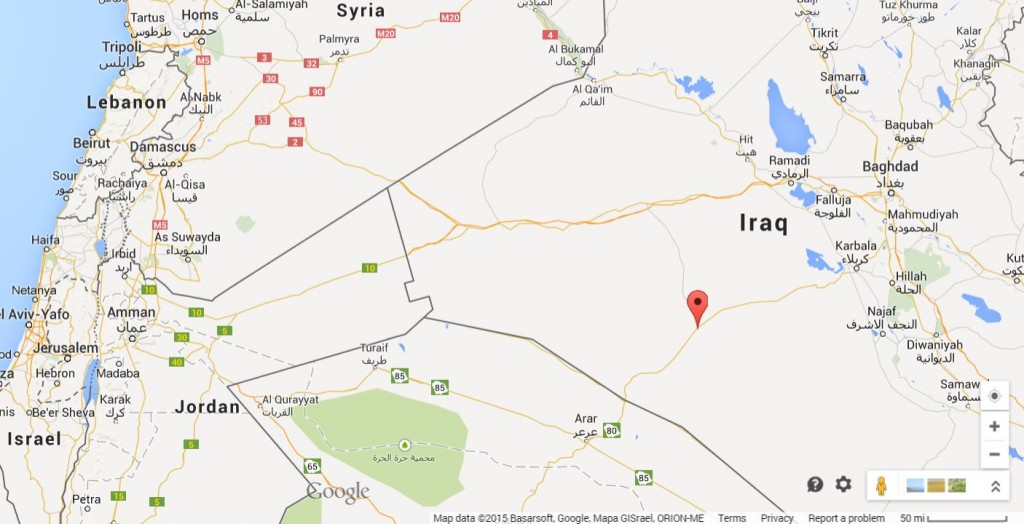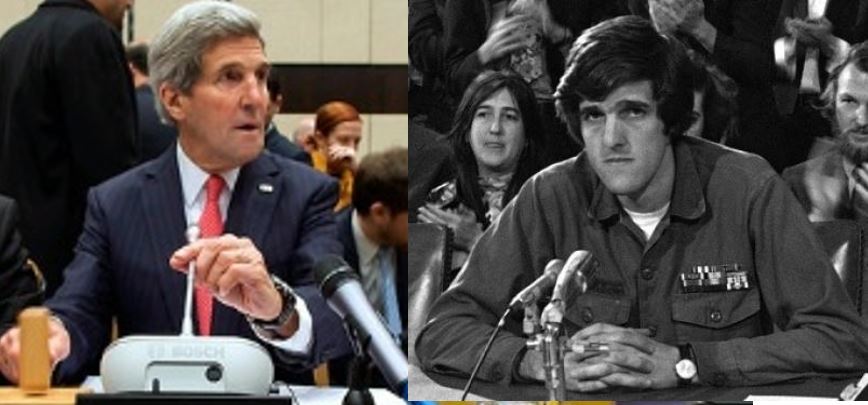Pentagon Slowly Coming to Realization That There Might Possibley Be Civilian Deaths from Airstrikes On ISIS
Hell froze over yesterday:
The United States military is investigating reports of civilian casualties that may have occurred as part of the American-led fight against the Sunni militancy known as the Islamic State, a senior Pentagon official said Tuesday.
Rear Adm. John Kirby, the Pentagon press secretary, told reporters during a news conference that investigators with the United States Central Command had begun looking into whether coalition airstrikes, which have targeted Islamic State fighters, equipment and oil depots, may have inadvertently hit civilians. Admiral Kirby said he had no additional information. It was the first time that the Pentagon had acknowledged that the air campaign against the Islamic State may have caused civilian deaths.
Recall that US air strikes began in early August. In late September I looked into some of the reports of civilian casualties, and it was not difficult at all to find credible reports. Later on the same day of that post, Michael Isikoff reported that the White House had exempted ISIS air strikes in Iraq and Syria from the new standards of preventing civilian deaths in drone strikes that Obama had announced in 2013.
The Pentagon provided the flimsiest of excuses for having no evidence of civilian deaths at that time:
Earlier Monday, the Pentagon admitted that some assessments of civilian casualties were “inconclusive” since the U.S. was only using drones to assess the results of strikes from the air.
“The evidence is going to be inconclusive often. Remember we’re using [intelligence, surveillance and reconnaissance] to determine the battle damage assessment,” Pentagon spokesman Army Col. Steve Warren said Monday.
A defense official told The Hill earlier this month that accurate assessments of damage from strikes are impossible without U.S. forces on the ground to exploit the attack sites, since Iraqi and Syrian partners did not have the capability.
So the Pentagon claims that they have sufficient intelligence resources to choose targets for attacks, but those same resources magically become incapable of determining the outcome of those attacks.
It’s not like the Pentagon would have to work hard to find credible reports of civilian deaths in their air strikes. Reuters reported back in October that in Syria alone, the Syrian Observatory for Human Rights had documented 32 civilian deaths from US air strikes in a one month period.
The numbers are much worse when we move to Iraq. CNN cited Iraq Body Count data for 2014:
But according to Iraq Body Count’s analysis, 1,748 civilians were reported killed by Iraqi military airstrikes, while 4,325 were killed by ISIS. There were also 118 civilians reported killed by U.S. coalition airstrikes last year.
So while Iraqi air strikes dwarfed US strikes in terms of civilian deaths, it still is remarkable that the Pentagon is finding it so hard to find incidents to investigate when there are over a hundred known dead from our strikes in Iraq in the last year.
Despite those staggering numbers, here is all Central Command could come up with in followup to Kirby’s statement at the top:
Sgt. First Class Sheryl Lawry, a spokeswoman for Central Command in Tampa, Fla., said in an email that Centcom was investigating two instances, one in Iraq and one in Syria, that may have resulted in civilian casualties. The investigations are a result of Centcom’s internal review process. Another three reports of civilian casualties are pending an internal assessment before determining whether they need to be investigated, she said.
The military has examined the credibility of 18 allegations that coalition airstrikes led to civilian casualties in Iraq and Syria from Aug. 8 to Dec. 30 last year, Sgt. Lawry said. Of those, 13 have been determined not to be credible.
Imagine that. Of the the 13 investigations completed, all 13 have cleared the US of killing civilians. There are two that are credible enough that they are still under investigation. Presumably, it is taking some time to manufacture a basis for claiming the reports are not credible. And who knows what those three events still under “assessment” means; we can only guess that they are more recent events and the Pentagon is merely determining how large the whitewash brush needs to be.




